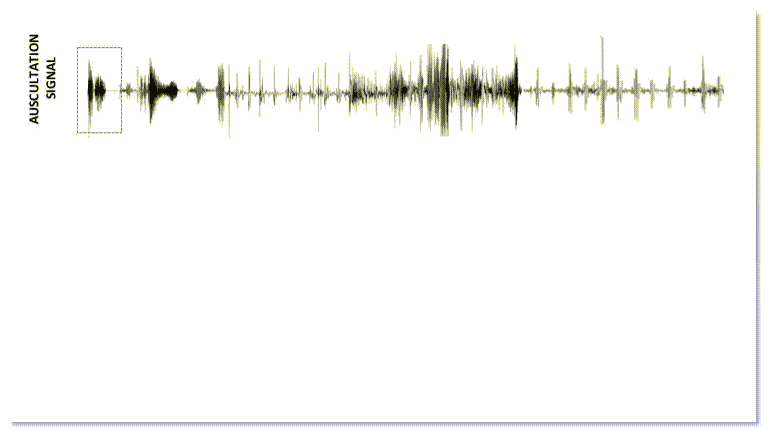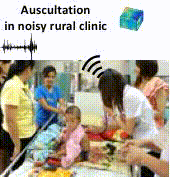
Chest auscultations offer a non-invasive and low-cost tool for monitoring lung disease. However, they present many shortcomings, including inter-listener variability, subjectivity, and vulnerability to noise and distortions. This work proposes a computer-aided approach to process lung signals acquired in the field under adverse noisy conditions, by improving the signal quality and offering automated identification of abnormal auscultations indicative of respiratory pathologies. The developed noise-suppression scheme eliminates ambient sounds, heart sounds, sensor artifacts, and crying contamination. The improved high-quality signal is then mapped onto a rich spectrotemporal feature space before being classified using a trained support-vector machine classifier. Individual signal frame decisions are then combined using an evaluation scheme, providing an overall patient-level decision for unseen patient records. All methods are evaluated on a large dataset with >1000 children enrolled, 1–59 months old. The noise suppression scheme is shown to significantly improve signal quality, and the classification system achieves an accuracy of 86.7% in distinguishing normal from pathological sounds, far surpassing other state-of-the-art methods. Conclusion: Computerized lung sound processing can benefit from the enforcement of advanced noise suppression. A fairly short processing window size (<1 s) combined with detailed spectrotemporal features is recommended, in order to capture transient adventitious events without highlighting sharp noise occurrences. Unlike existing methodologies in the literature, the proposed work is not limited in scope or confined to laboratory settings: This work validates a practical method for fully automated chest sound processing applicable to realistic and noisy auscultation settings.

